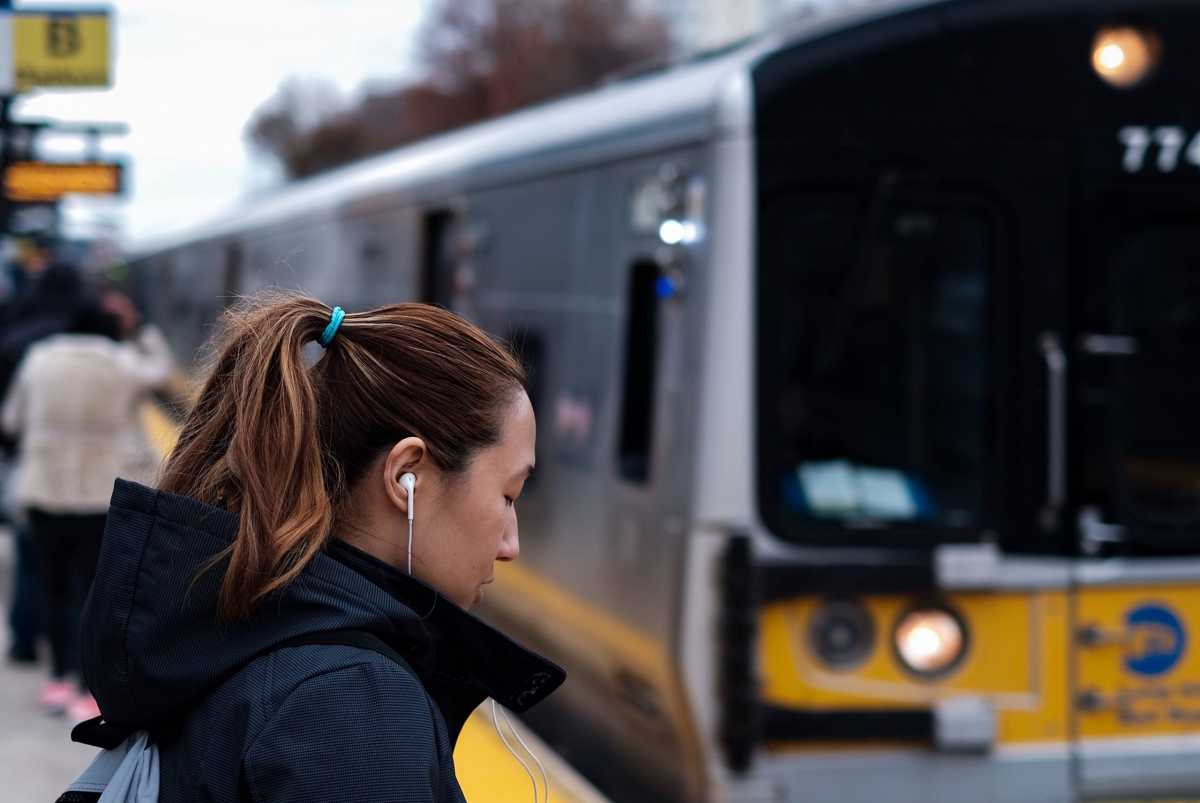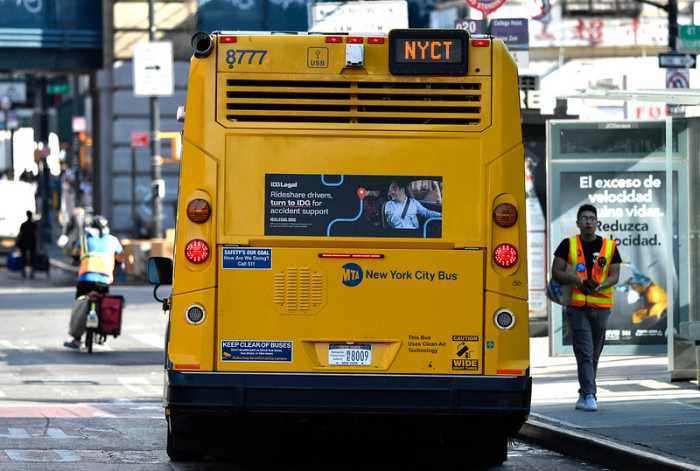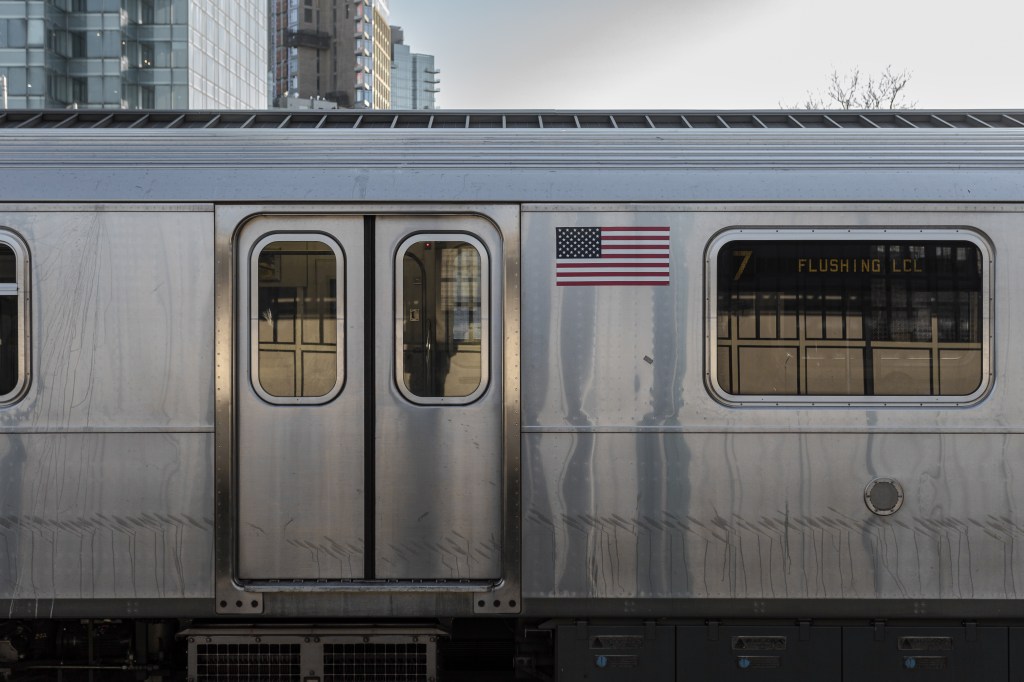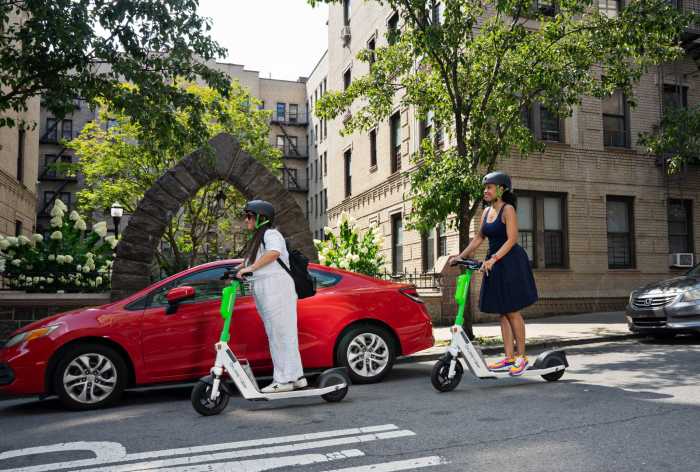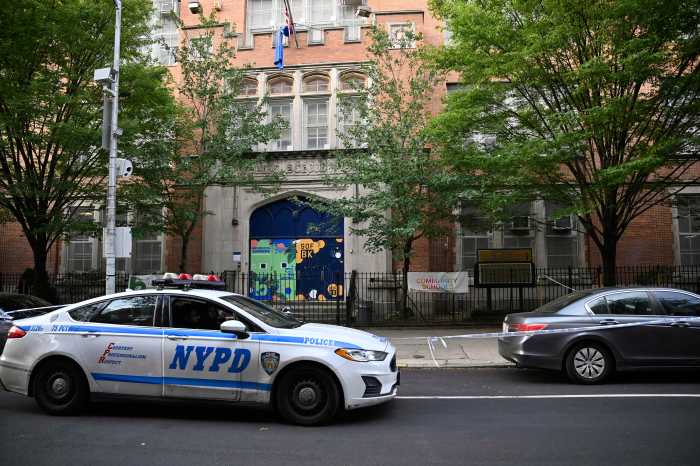The MTA is expanding a fare deal to its commuter rail riders who use Metro-North or Long Island Rail Road to get around within city limits.
New Yorkers will get their tickets punched for 10 percent less under the new pilot program funded through the Outer Borough Transportation Account, which is under the control by Albany legislators starting in the spring.
LIRR riders can cash in on 20 percent off monthly tickets if traveling within Manhattan, Queens and Brooklyn.
But the announcement follows a Wednesday MTA board meeting in which members voted in favor of stop gap measures could mean a fare hike for New York City Transit straphangers. Though a specific amount for an increase has not been estimated yet, MTA Chair Pat Foye said that if the authority can avoid tapping customers’ pockets, they will.
“I think it’s incumbent on an organization such as the MTA which is responsible to customers and taxpayers to look at every non-fare and toll revenue and every option to minimize the financial impact on our riders and I think that’s true of subways and buses,” Foye told reporters on Feb. 26.
As outlined by transit officials in the monthly board meeting, the MTA is in a race against time to close a $1.6 billion finding gap and that will be one of the deciding factors of if commuters will be an acceptable funding source.
But for some legislators whose constituents have few subway options, a discounted ticket is a big deal.
The popularity of the Atlantic ticket, $5 fares on south Brooklyn and Queens LIRR trains, was followed by calls to expand the program. It was especially popular for southeast Queens residents, many of home live in the district of state Senator Leroy Comrie.
“Improving transit access by lowering commuter rail fares for New York City riders has long been a priority for me,” Comrie said of the new reduced fare program. “Providing commuters quality, affordable alternatives to driving is a desirable policy goal.”
Despite the prospect of a reduced fare on commuter lines, which riders often pay a heavy price to travel a relatively small distance, it is yet to be seen how the public reaction will play out to a fare increase for subway and buses.
New Yorkers who take the bus are found by transit agencies to be the city’s lowest earners. These straphangers making about $28,000 per year or less and 86 percent of them are minorities.
October 2018 saw fallout in Brooklyn and Queens at two town halls where the MTA, still in crisis mode from years of deferred maintenance, sparred with members of the public who expressed outrage that the agency would look to city’s poorest for further funding.
This story first appeared on amny.com.

